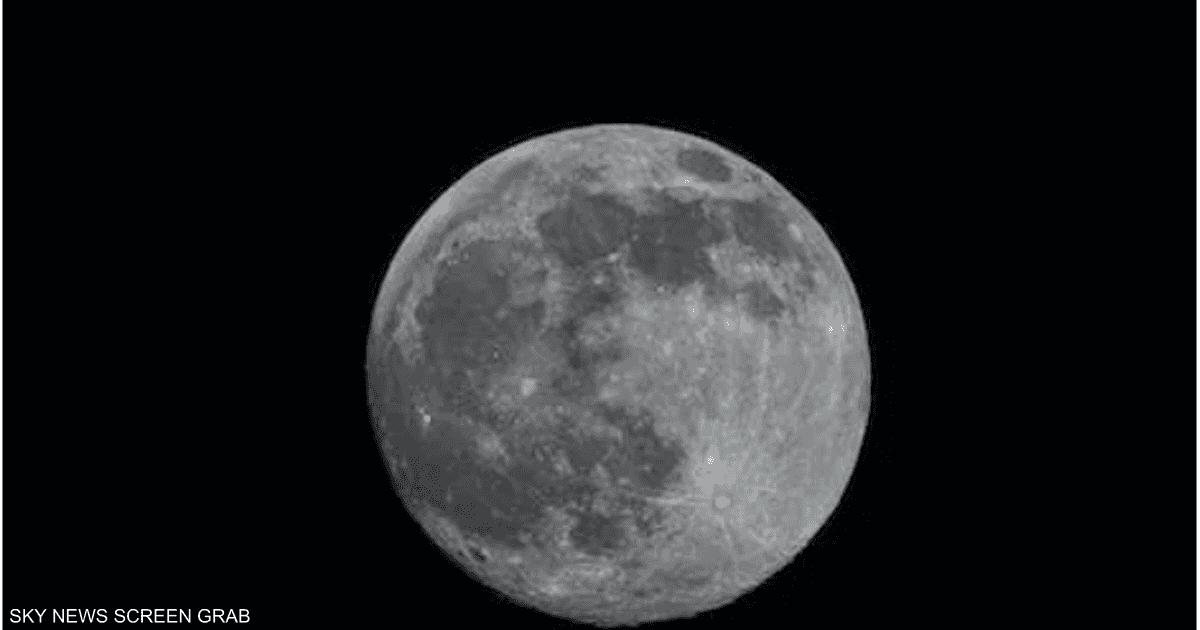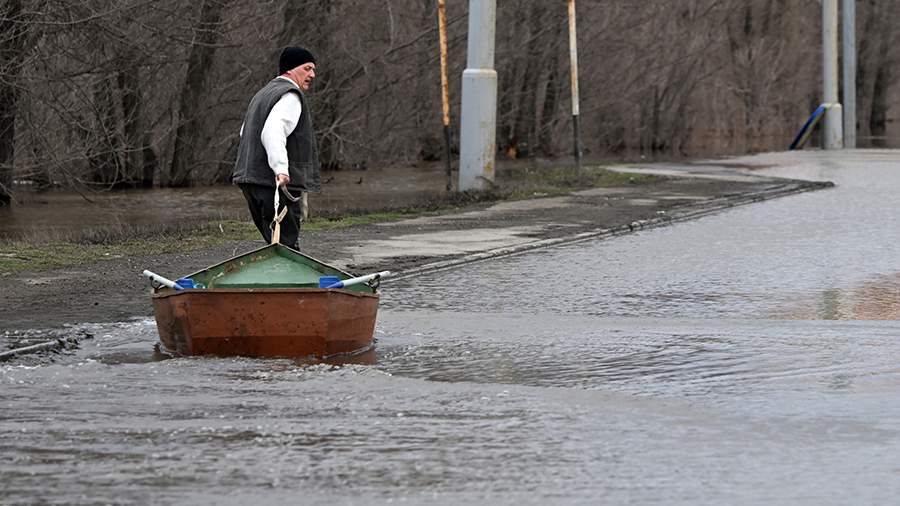According to the Wall Street Journal, scientists indicated that these granules may one day help astronauts produce drinking water, breathable air and even rocket fuel, according to what was collected during a Chinese spacecraft mission that spent two weeks on the moon in 2020.
According to experts, the surface of the moon is covered with small spherical granules of silicate glass, ranging in size from a few tens of micrometers to a few millimeters.
Scientists attribute the reason for their formation to the collision of asteroids with the moon, and others are the result of ancient volcanic activity on the surface of the moon, both of which occurred millions of years ago.
In their laboratory in Beijing, scientists examined a handful of microscopic spheres using a special instrument called a secondary ion mass spectrometer that analyzes solid surfaces with a beam of ions, and discovered the presence of water inside.
Discovery details
The study leader, Professor Hu Sen of the Institute of Geology and Geophysics of the Chinese Academy of Sciences, spoke to Sky News Arabia about the details of the discovery, saying:
- Impact glass beads in lunar soil have water contents of up to 2000 ppm by weight (ppm or g/ton).
- The interesting thing is that the water trapped in the impacted glass beads is of solar wind origin.
- We estimated the amount of water in the lunar soil contributed by the impact glass beads from 3.0 x 1011 kg to 2.7 x 1014 kg assuming that the thickness of the lunar soil on the Moon ranges from 3 to 12 meters (for comparison: ocean water on Earth weighs about 1 x 1021 kg) .
- We also found that some of the glass beads released their water into space. These features indicate that the impacted glass beads are able to moderate the lunar surface water cycle.
- Our challenge was to simultaneously measure the water content and isotopic composition of hydrogen in order to trace the mechanism of origin and formation of water trapped in shockproof glass beads.
- Knowing how water is produced, stored and replenished near the lunar surface will be very useful for future explorers to extract and use for exploration purposes.
- The main constituents in the lunar soil, which were monitored in previous studies, such as: basalt samples, fine-grained soil, and volcanic glass beads, did not all explain the lunar surface water cycle, so the presence of a “water reservoir” in the impact glass beads may form a hypothesis that explains how Maintaining the lunar surface water cycle.
It is noteworthy that the surface samples of the lunar soil that the researchers worked on were brought by the Chinese mission “Chang’e-5” from the moon, which is the fifth Chinese mission to the moon.
Water is found in other places on the lunar surface, particularly on the north and south poles of the moon, which is where both the National Aeronautics and Space Administration “NASA” and China plan to establish bases on the moon in the future.
#discovery #water #reservoir #surface #moon. #story









